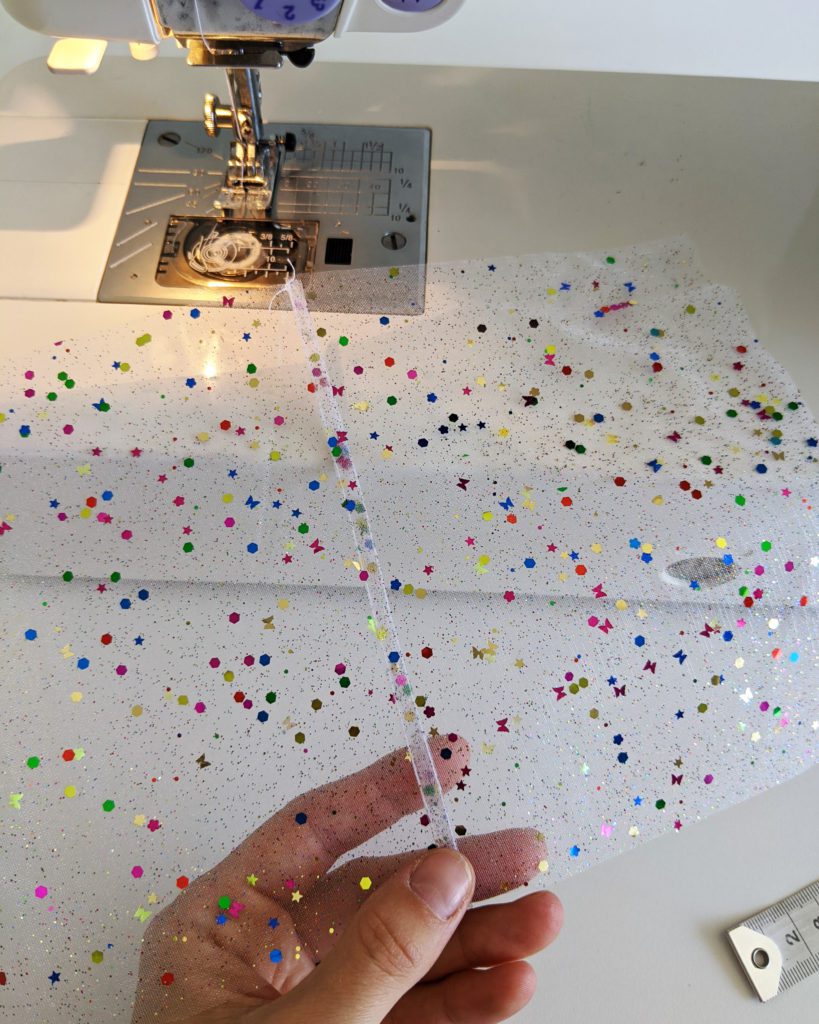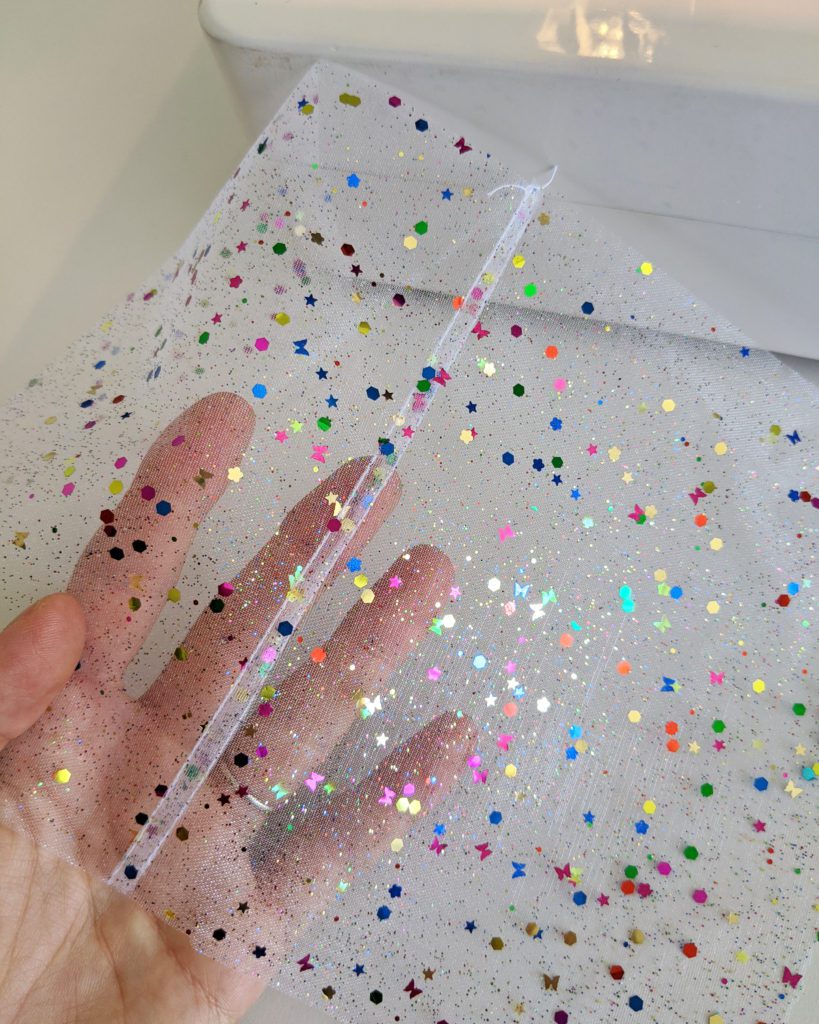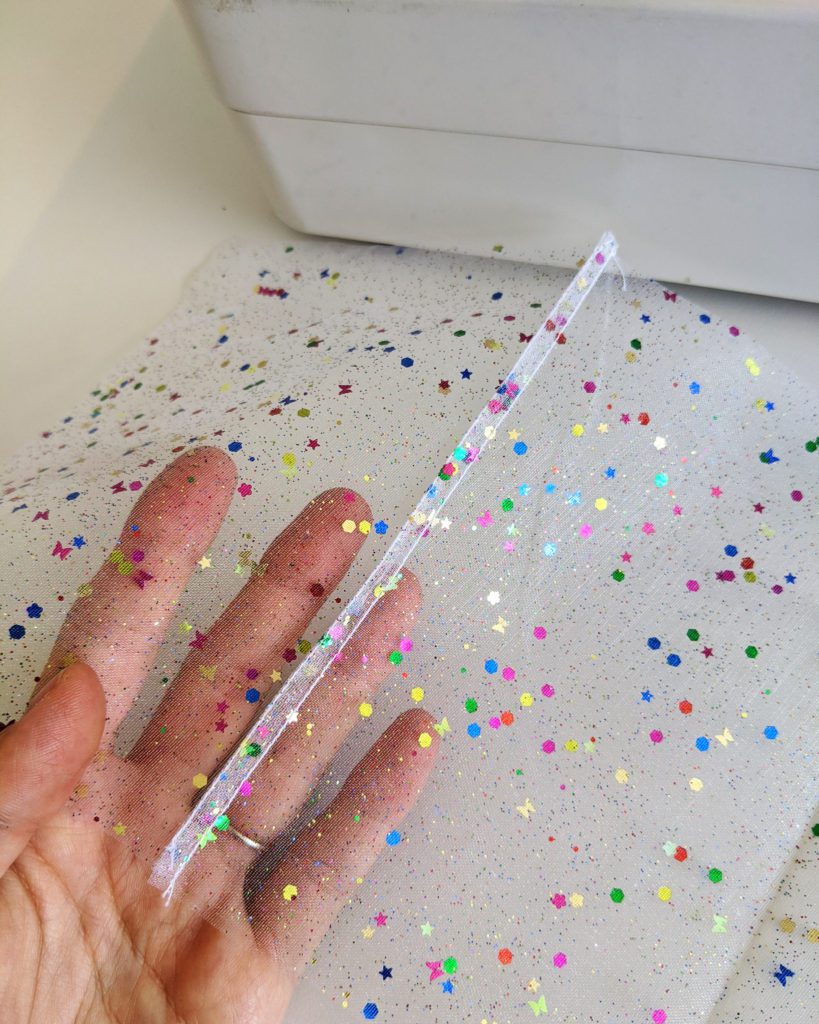How To's
How To: Sew a French Seam in 6 Easy Steps
The construction of a French seam encloses the seam allowance on the inside of a sewn item which in turn provides a clean, finished, professional look on the inside of the garment, hiding any raw or frayed edges.
French seams are typically sewn on sheer and very delicate fabrics or couture garments. However, French seams are the perfect way of finishing a seam neatly when you do not have an over-locker on hand as you only need a basic straight stitch machine. This is also a great way to finish printed fabrics or coloured fabrics that you may not have enough thread to thread your over-locker with.
Fortunately French seams are very easy to sew which is great news if you are a beginner seamstress.
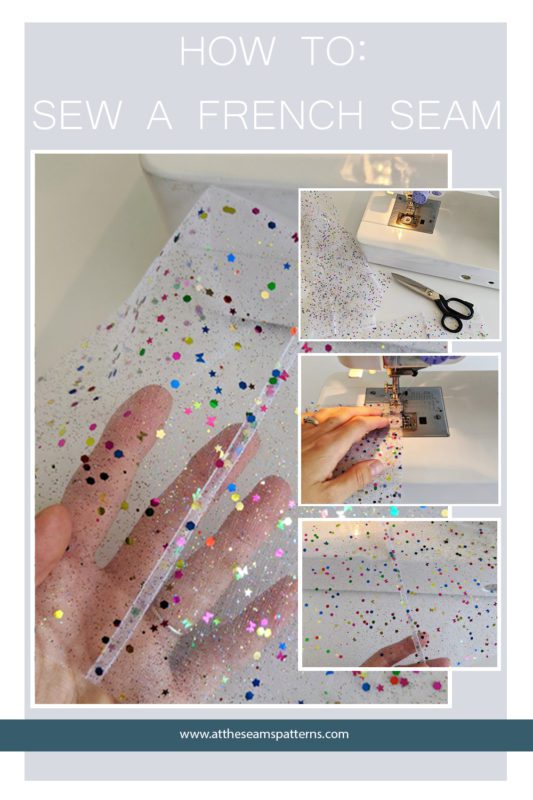
So how do we sew a French seam? Follow on below to find out.
Firstly we need to check the seam allowance on your pattern, as we are sewing 2 seams at 5mm. So we need a 10mm seam allowance, anything smaller and the pattern will need to be adjusted to make the job a little easier, or the 2 seam allowances adjusted slightly.
Step 1
Pin WRONG sides of your fabric together as shown below, yes you read that correctly, wrong sides together. It will make sense soon I promise.
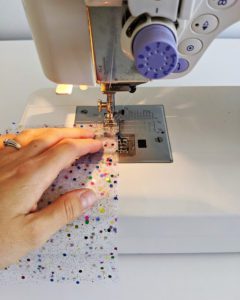
Step 2
Sew the fabric together using 5mm seam allowance.
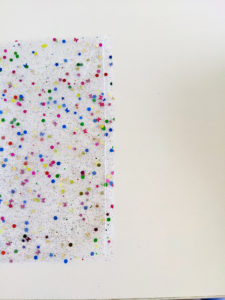
Step 3
Trim the seam allowance back to 3mm. You might as why you don’t just sew a 3mm seam to begin with. By using the 5mm and trimming it gives a neater edge while making use of the 10mm seam allowance most standard patterns have. It is also much easier to control the fabric to sew a straight 5mm seam rather than 3mm.
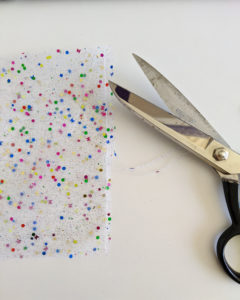
Step 4
Fold the fabric so that the right sides are now together and press the seam so the stitchline is on the very edge of the fabric. It is important that you take your time and this is accurate for it to look it neatest and to prevent frayed edges showing through to the outside of your garment.
Step 5
Sew the fabric together using another 5mm seam
Step 6
Press the seam neatly and you’re done.
This is a great skill to learn to give your garments a much more professional look especially when using sheer or very delicate fabrics, just remember to practice or test on a piece of scrap fabric.
While you are here, another basic sewing skill you might need to master is sewing a circular hem.
